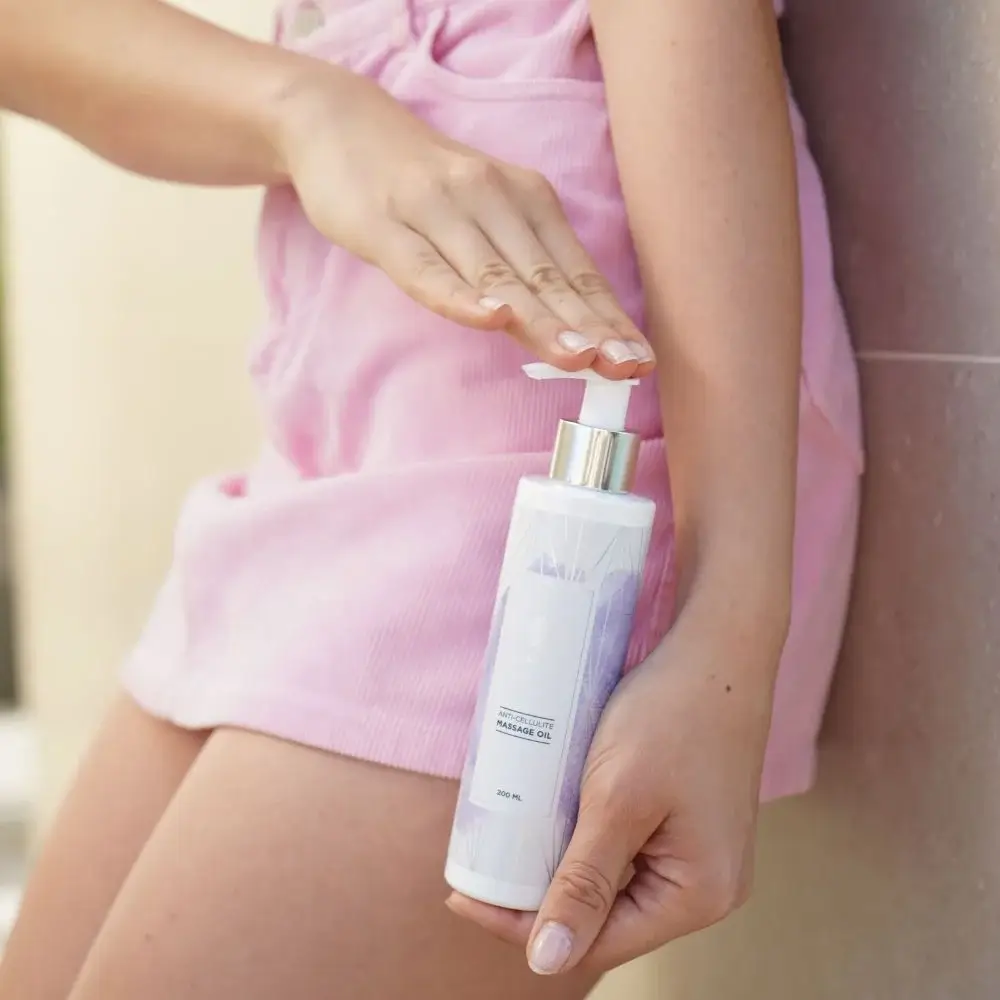Wigs are beautiful tools for changing up your looks and styles instantly. They are easy to use and maintain, but just like natural hair, they need proper care and conditioning to maintain their beauty and longevity. Applying a good quality conditioner on your wig regularly can help keep it soft, shiny, and smooth, but how you apply and rinse the conditioner is crucial to getting the best results. In this blog post, we’ll take you through the proper way to apply and rinse conditioner on your wig to keep it looking its best for as long as possible.
Pre-wash Preparation
Before applying conditioner to your wig, you should always ensure it’s clean and tang-free. You can wash your wig with a mild shampoo, but avoid rubbing or scrubbing it too hard. Gently massage the shampoo through the strands from the top to the ends, and rinse it well with lukewarm water. After rinsing, gently blot the excess water with a soft towel and detangle the wig with a wide-tooth comb. Once it’s detangled, you can move on to the conditioning process.
Choosing the Right Conditioner
Not every conditioner is created equal; some might be too heavy or too light for your wig type. It’s best to choose a conditioner specifically formulated for wigs or synthetic hair, as it will be gentle enough not to damage the fibers or cause tangling. Look for conditioners containing natural oils like argan or coconut oil, as they can help nourish and hydrate the hair strands without weighing them down.
Applying Conditioner
When it’s time to apply the conditioner, apply it evenly throughout the wig strands. Start from the nape and move towards the crown, ensuring you coat every strand without overdoing it. Be sure to avoid applying conditioner to the wig cap or any part of the wig not made of the hair fiber. Once you’ve applied the conditioner, use your fingers or a wide-tooth comb to work it through the strands gently. Don’t pull or tug the hair; it can cause damage or breakage.
Rinsing Out the Conditioner
After you’ve worked the conditioner through the wig, it’s time to rinse it out. Rinse your wig thoroughly with lukewarm water, making sure there’s no residue left behind. Avoid hot water, as it can damage the fibers and cause tangling. Gently squeeze out the excess water from the wig, then dry it with a towel. Again, avoid rubbing or twisting the hair, which can cause breakage and frizz.
Air-Drying the Wig
The final step is air-drying the wig. You can put it on a wig stand and let it air dry naturally, or you can lay it flat on a towel and let it dry that way. Avoid exposing the wig to direct sunlight or heat, as it can damage the fibers and cause color fading. Depending on the length and thickness of your wig, it may take several hours to completely dry. Once it’s dry, you can comb it to remove any remaining tangles and add some wig or shine spray to give it a polished look.
Conditioning your wig is crucial to keeping it soft, smooth, and shiny. Following these steps, you can properly apply and rinse conditioner on your wig and achieve the best results. Remember to choose the right conditioner, avoid applying it to the wig cap, and rinse it thoroughly with lukewarm water. With proper care and maintenance, your wig can last long and look as gorgeous as ever.
Whether you're looking to maintain the luscious locks of your human hair wig or keep the synthetic strands sleek and shiny, finding the right conditioner can make all the difference. Lucky for you, we've done the work and combed through countless options to bring you the best conditioner for wigs. With just a click of a link, you'll discover a product that will leave your wig feeling soft, supple, and absolutely stunning. Say goodbye to tangles, knots, and dullness and hello to hair that looks and feels like it was just styled by a pro. Trust us, your wig will thank you!
What is the impact of hard water on wig conditioners, and how can it be mitigated?
Hard water contains minerals that can build up on wigs over time, leaving them dull and less manageable. To mitigate this, consider using a clarifying wig conditioner specially formulated to remove mineral deposits. Besides, you can install a water softener in your home to reduce the hardness of the water used for washing wigs. Regularly deep conditioning your wig with a high-quality product can also help counteract the effects of hard water, ensuring that your wig remains soft, vibrant, and in optimal condition.

What role does UV protection play in wig conditioners, and is it necessary?
UV protection in wig conditioners is essential for maintaining the longevity and vibrancy of your wigs, especially if they are regularly exposed to sunlight. UV rays can cause color fading and dry out wig fibers. UV protection ingredients create a barrier that shields the wig from the harmful effects of the sun. While it may not be crucial for wigs worn exclusively indoors, it becomes vital if you plan to wear your wig outdoors. Opting for wig conditioners with UV protection helps preserve the color and texture of your wig, ensuring it remains in excellent condition.

What are some tips for choosing a wig conditioner for curly or wavy wigs?
When selecting a conditioner for curly or wavy wigs, focusing on hydration and maintaining the hair's natural texture is essential. Look for conditioners that contain ingredients such as shea butter, coconut oil, or argan oil. These ingredients provide deep moisture and nourishment to the wig's curls or waves, helping to prevent frizz and maintain a defined, natural look. Avoid heavy or silicone-based formulas that can weigh down the curls or waves, as this can lead to a limp appearance.

How should I handle a wig with heat-resistant fibers when using conditioner?
When dealing with wigs made from heat-resistant fibers, it's crucial to use a conditioner specifically designed for them. These conditioners are formulated to provide the necessary care without compromising the integrity of the fibers. To apply the conditioner, start by rinsing the wig with cold water to remove any surface dirt or product buildup. Then, apply the conditioner sparingly, avoiding the wig's roots. Excessive conditioners can lead to buildup and a greasy appearance. After applying the conditioner, rinse the wig thoroughly with cold water until all residue is removed. When drying or styling the wig, avoid exposing it to high temperatures, as excessive heat can damage the heat-resistant fibers.

How can I safely use a flat or curling iron on a conditioned wig?
Using heat styling tools like a flat iron or curling iron on a conditioned wig requires careful attention to prevent damage. Once the wig is thoroughly conditioned the wig, ensure it is scorched before using any heat styling tools. This helps avoid excess moisture that can lead to damage or uneven styling. Besides, set your heat styling tools to a low or medium heat setting, as excessive heat can cause irreversible harm to the wig fibers. To protect the wig from heat damage, apply a heat-protectant spray or serum before styling. Work in small sections to ensure even and controlled styling when using the flat or curling iron.







